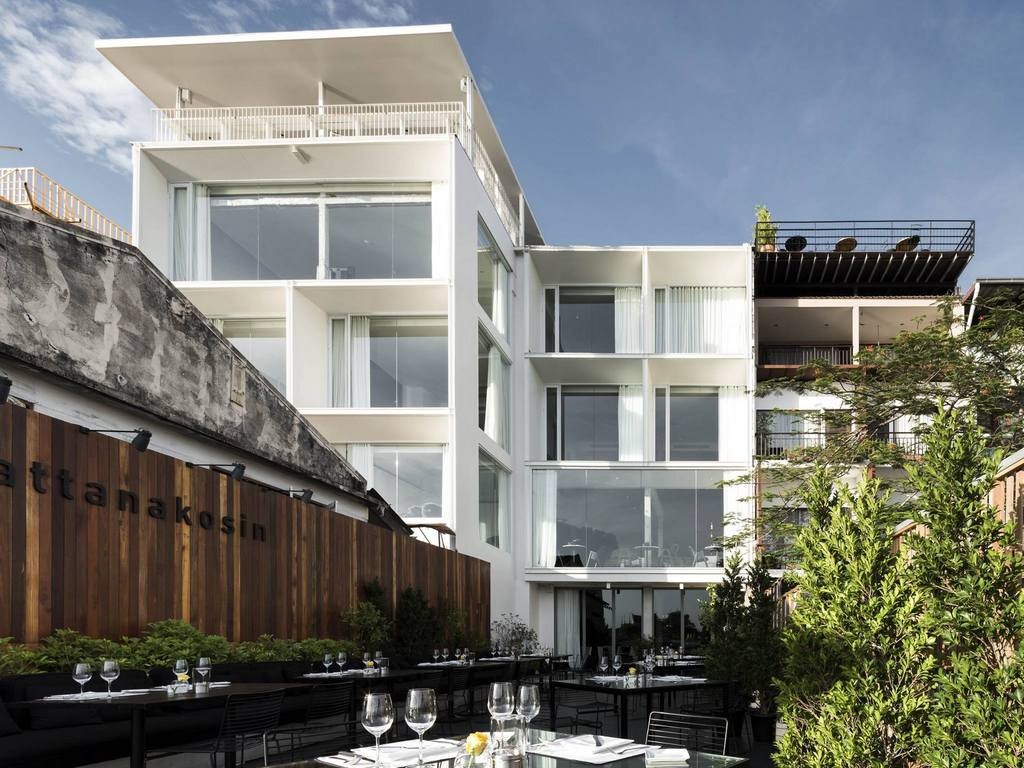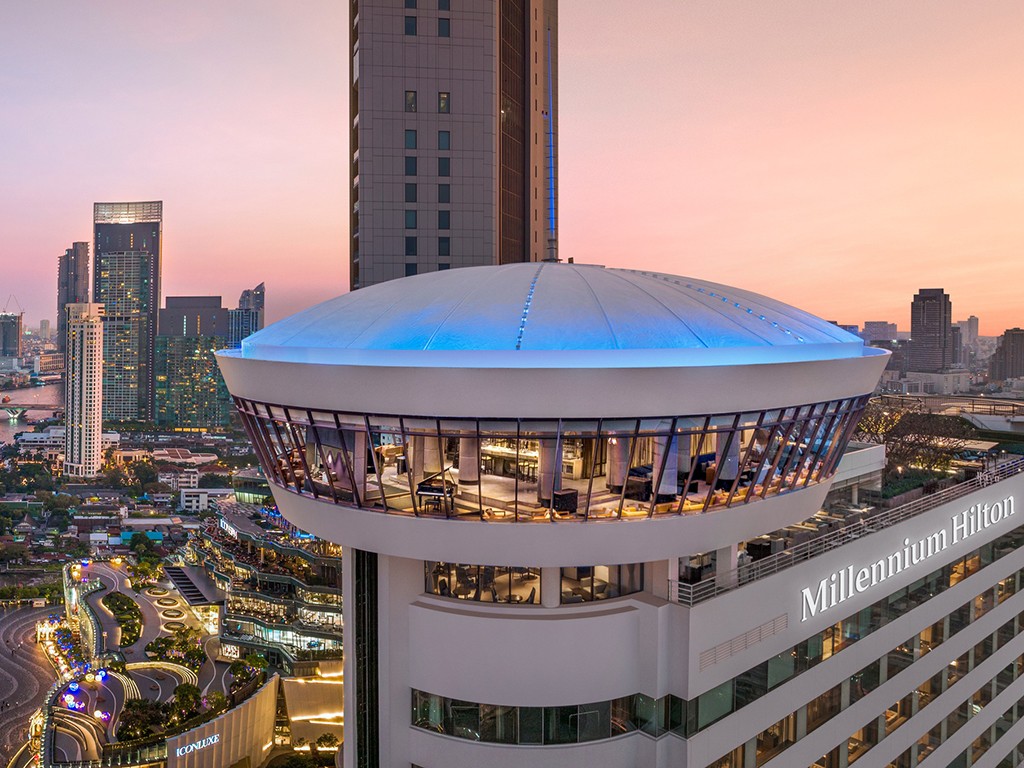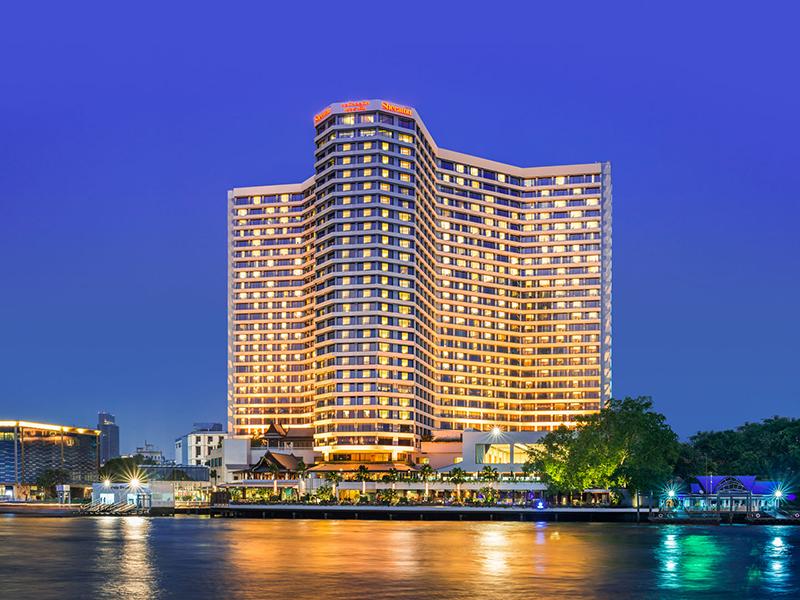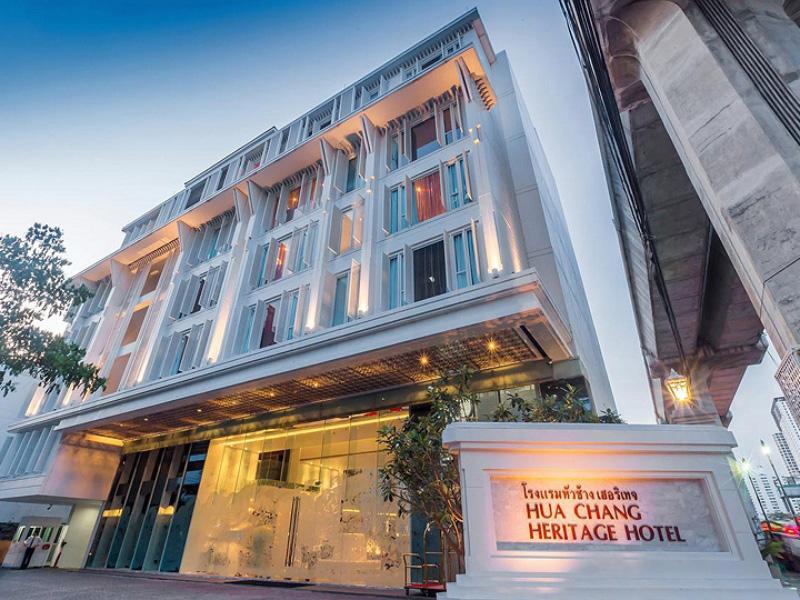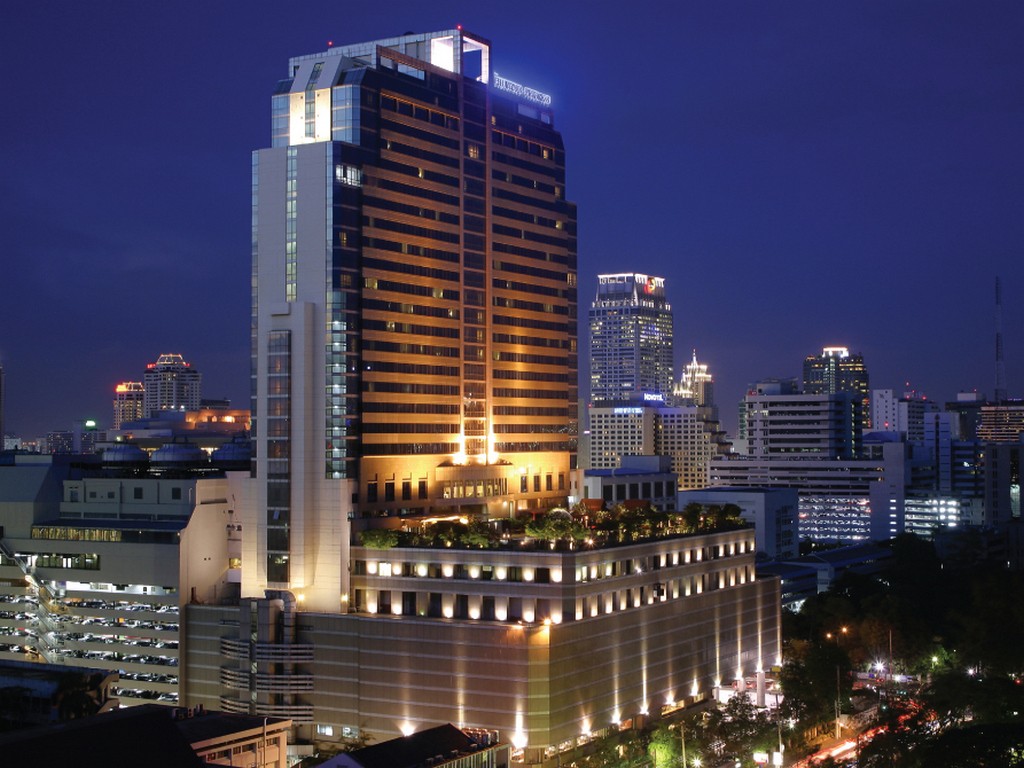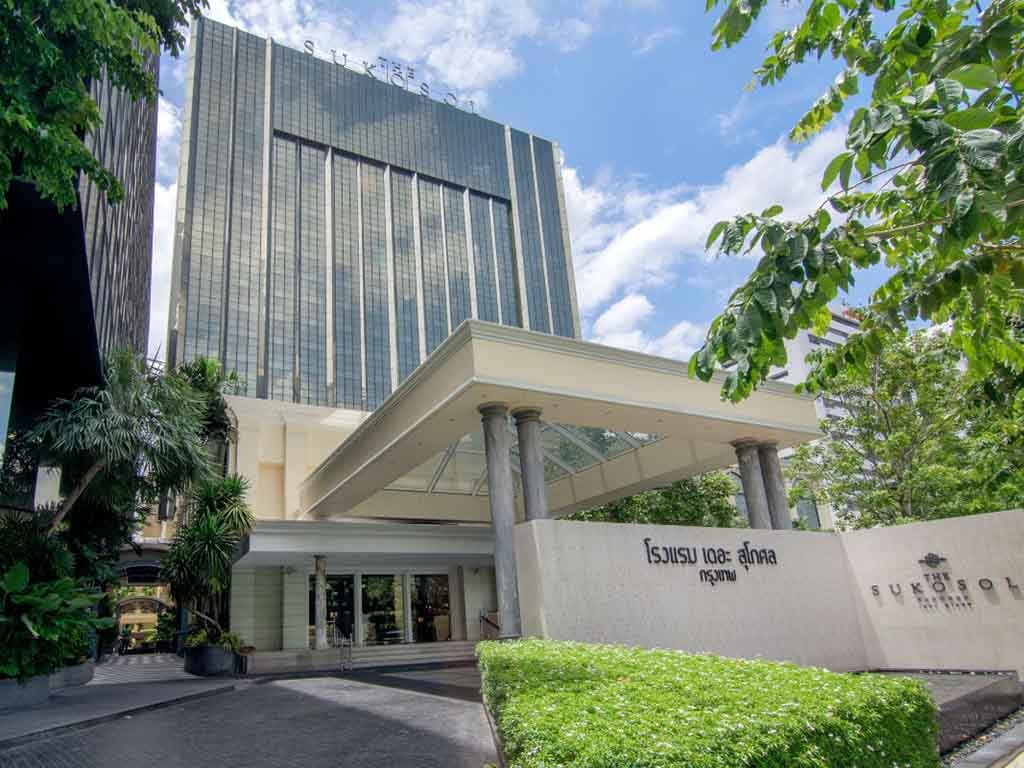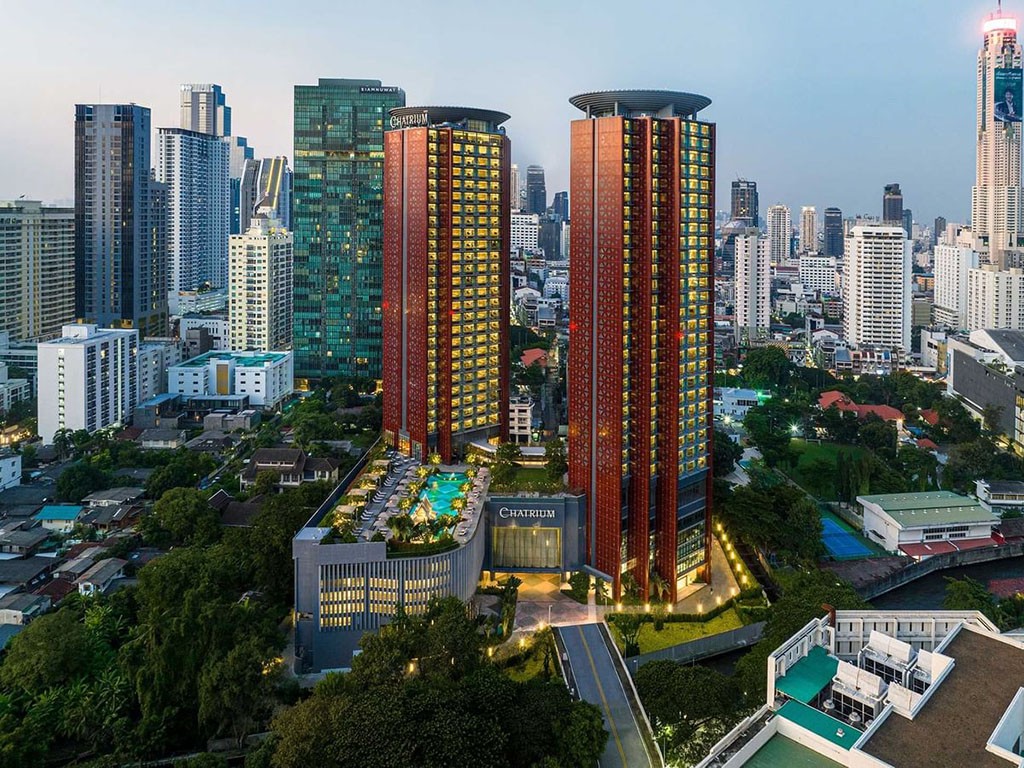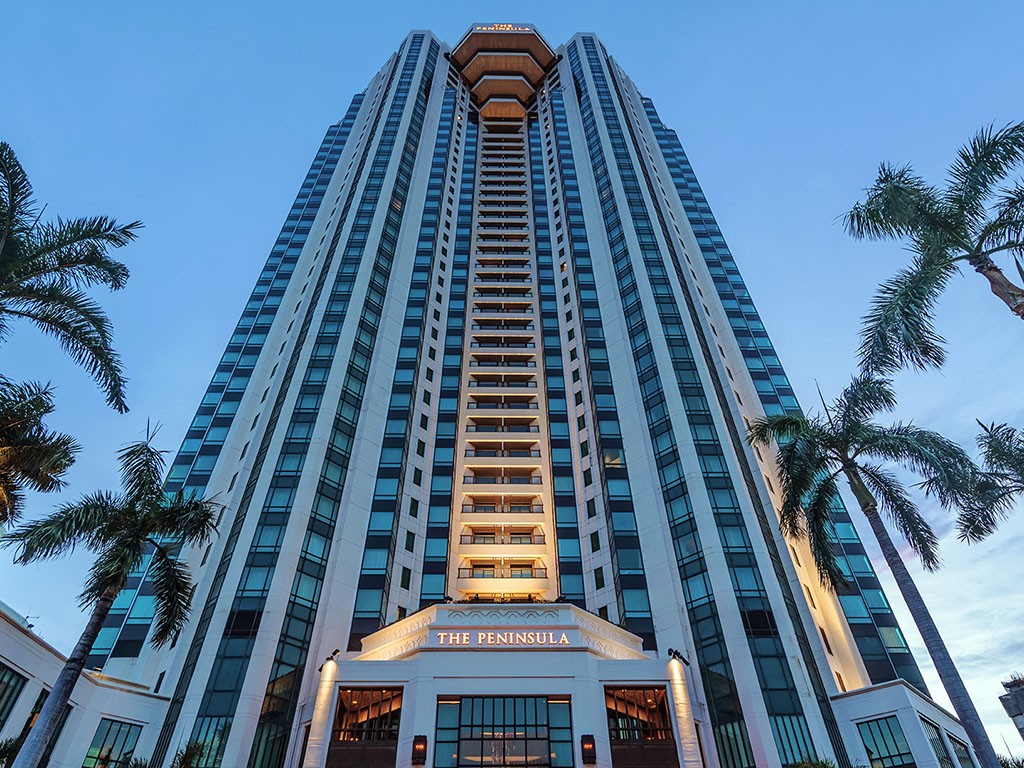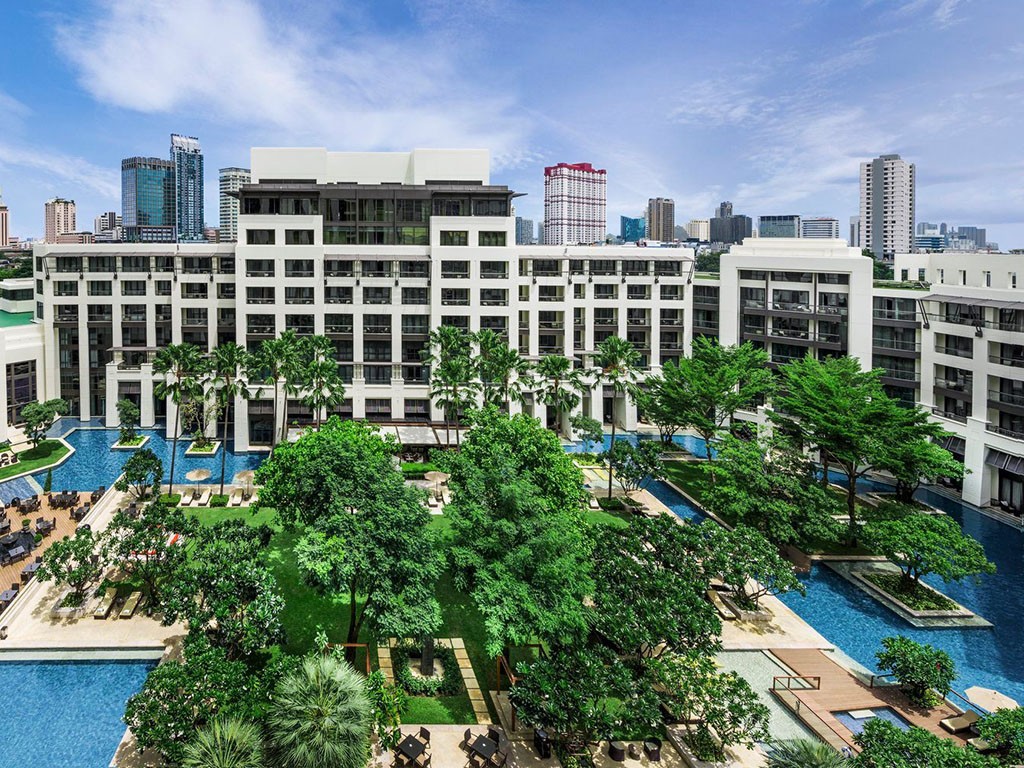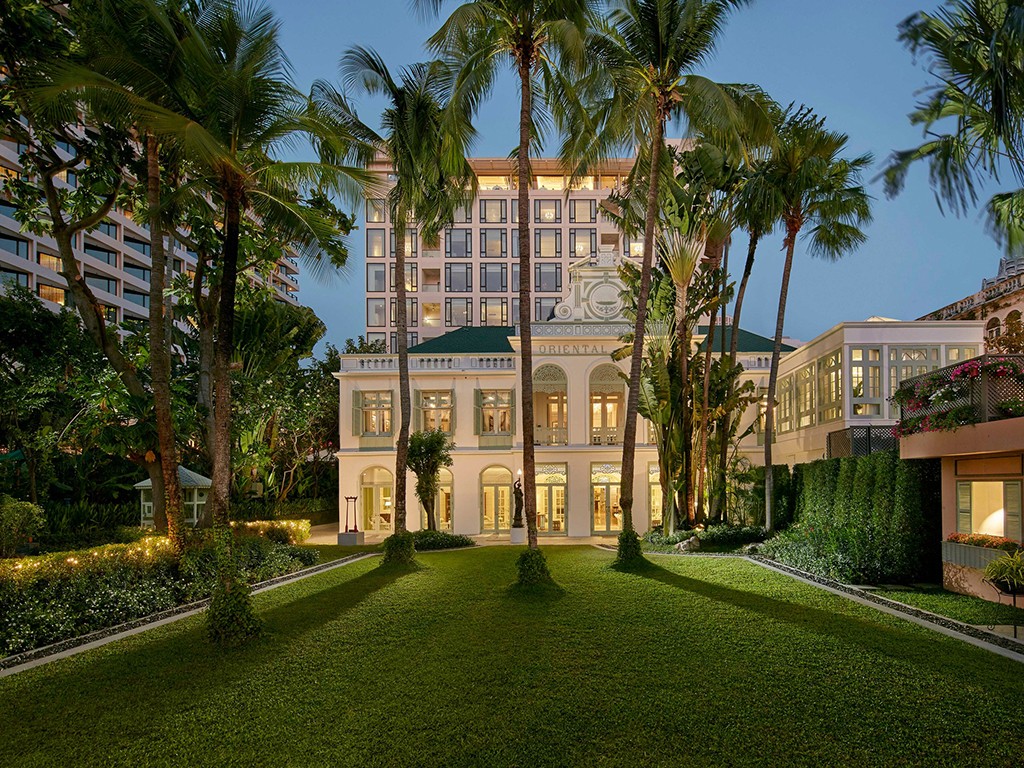“A royal second-class temple with deep historical roots, originally a small temple called "Wat Klang Na" located in the middle of rice fields.”
Wat Chana Songkhram Ratchaworamahawihan is a royal temple of the second class (Ratchaworamahawihan) located in the heart of Bangkok. Originally a small ancient temple known as "Wat Klang Na" because it was situated in the middle of rice fields, the temple holds significant historical and cultural importance.
During the reign of King Rama I, Somdet Phra Bawornrajchao Maha Sura Singhanat gathered the Mon people and Mon monks who sought refuge under the royal patronage to settle around the temple area. The temple was restored and renamed "Wat Tong Pu," adopting the name and customs from temples in Ayutthaya and Lopburi where Mon monks had traditionally resided.
King Rama I later designated Wat Tong Pu as a Mon Buddhist temple to honor the Mon soldiers who played a vital role in battles against the Burmese. After the country stabilized and peace was restored, the temple was entirely rebuilt and elevated to royal temple status. The name was changed to "Wat Chana Songkhram," meaning "Victory in War Temple," commemorating three victorious battles against the Burmese between 1785 and 1787 (B.E. 2328-2330).
The main ordination hall (Ubosot) is a rectangular brick and mortar building divided into 13 bays of pillars without a tiered gallery. Its base is a lotus pedestal with glass jewels. The roof is a three-tiered, tiled structure adorned with traditional Thai decorative elements such as chofah (roof finials), bai raka (serrated tiles), and hang hong (tail-like decorations).
The front gable features pierced window openings, and the windows are decorated with the Thepphanom motif. Above the windows, there are murals depicting Narai riding Garuda. The gable’s front has Thepphanom patterns, while the rear shows leaf-shaped motifs with colored glass mosaics. Doors and windows feature intricate stucco patterns and gilded wood carvings.
Behind the main Buddha image inside the Ubosot is a corridor housing the ashes of nobles from the Borommanatkanlayan mansion, with ventilated brick walls supported by carved brackets. Surrounding the Ubosot are vine-like stucco decorations wrapping around the brackets. The Ubosot's boundary stones (bai sema) are attached to the outer and inner walls, with an additional set displayed on a pedestal behind the statue of Somdet Phra Bawornrajchao Maha Sura Singhanat. These boundary stones have a distinctive waist indentation and chest motifs, resting on a glass base over a lotus pedestal.
How to Get There
-
Take the MRT to Sanam Chai Station, then walk about 10 minutes
-
Use local buses that run along Chak Pong Road
-
Take a taxi or Grab from anywhere in Bangkok
-
Walking distance (about 15 minutes) from Wat Pho temple
Travel Tips
-
Dress respectfully; wear modest clothing when entering the temple
-
Visit early in the morning to avoid crowds and heat
-
Photography is allowed but please respect sacred areas
-
Bring water and sun protection on hot days
-
Talk to monks or locals to learn more about the temple’s history
Admission Fee
- Free of charge
Opening Time
- Daily from 8:00 AM to 5:00 PM




















































